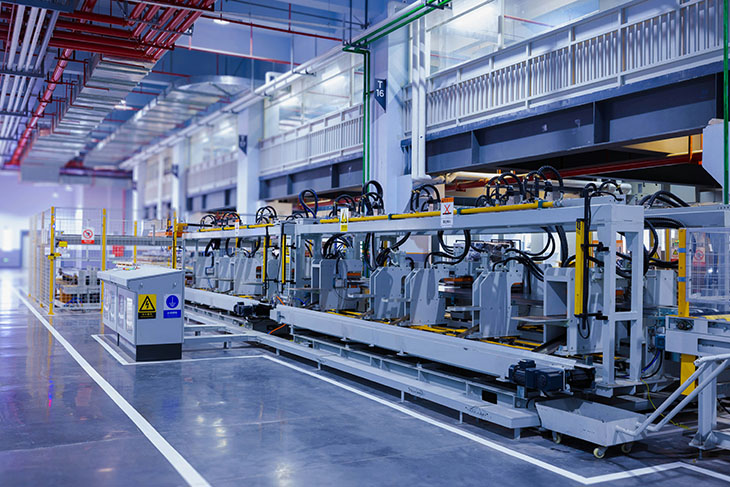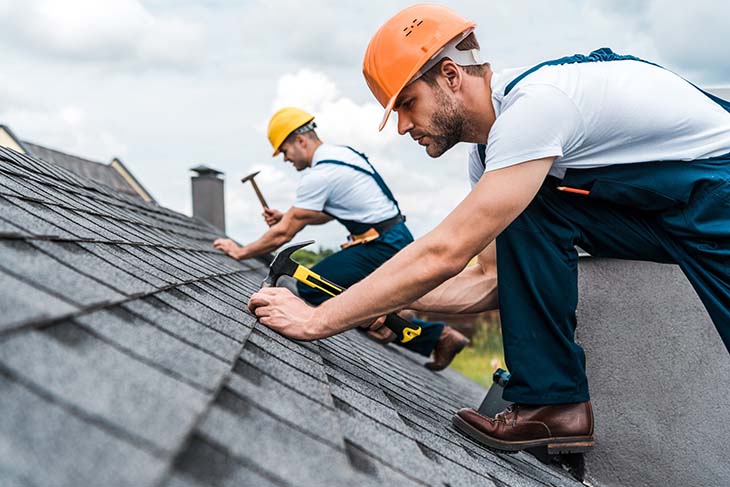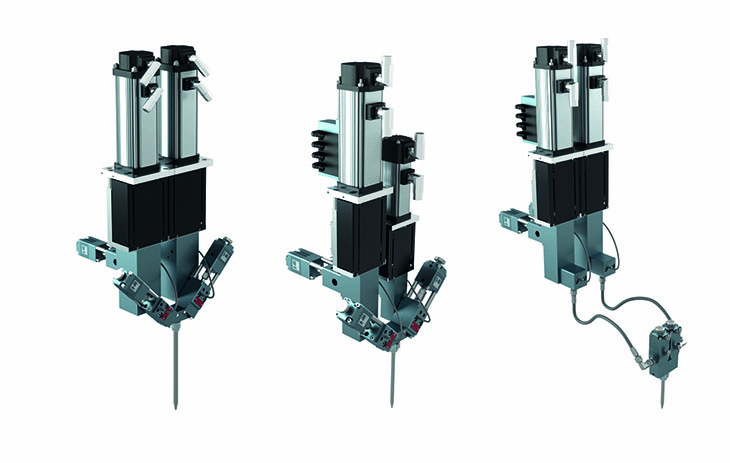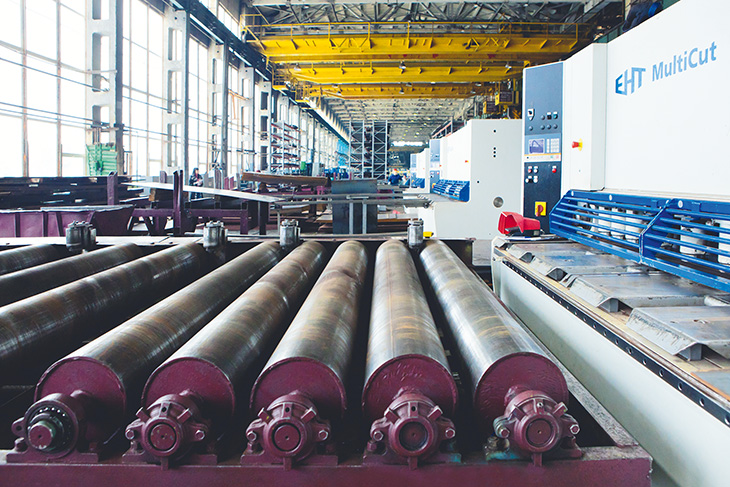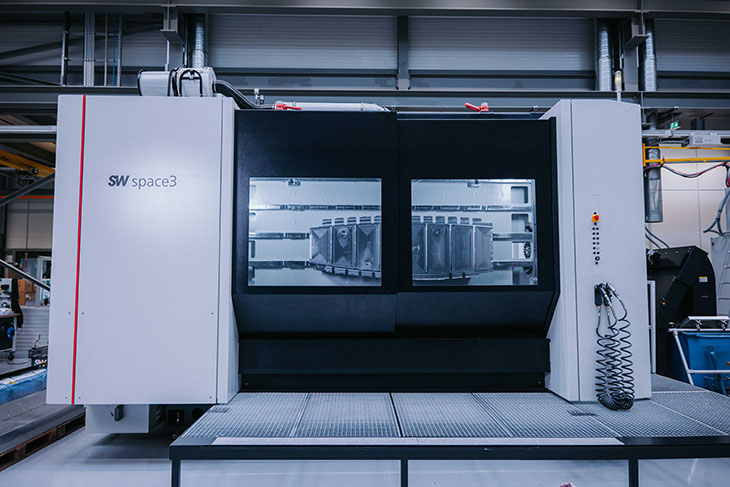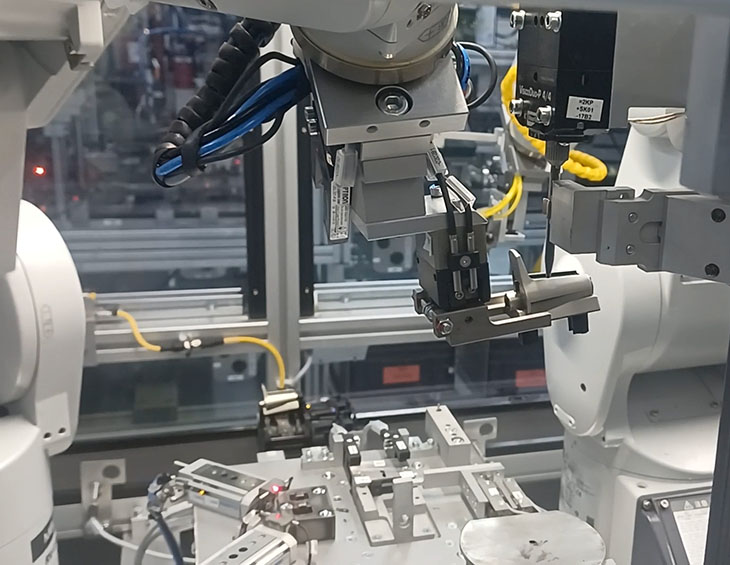Calibration is a crucial step in any manufacturing process. Virtually all production relies on machinery, and all equipment loses accuracy over time with regular wear and tear. As manufacturers automate more of their workflows, ensuring machines stay within acceptable parameters becomes increasingly important.
As critical as calibration is, manual methods are slow and introduce room for error. Thankfully, automated calibration solutions have emerged over the past few years to address these concerns. Several recent advancements make such automation additionally advantageous.
IoT Connectivity
The introduction of Internet of Things (IoT) connectivity is one of the most impactful automated calibration innovations. IoT functionality lets machines connect to other equipment to gather data from across the production line. This information, in turn, produces precise and reliable calibration readings.
Many automated calibration systems rely on artificial intelligence (AI), which in turn depends on data. Manufacturers have plenty of it — they generate roughly 1,812 petabytes a year — but they must capture it to use it. The IoT does just that.
IoT networks gather the data calibration AI needs and send it directly to these models for fast, accurate analysis. In addition to improving accuracy, IoT connectivity also enables remote access so employees can check recent calibration reports from anywhere.
Adaptive Calibration
As AI has advanced, automated calibration is also becoming more flexible. Machine learning (ML) models adapt as they receive new information. Consequently, they can recognize emerging trends or past inefficiencies and respond accordingly to improve their accuracy or tweak their approach to account for changing conditions.
Adaptive calibration is important for two primary reasons. First, it enables ongoing improvements, ensuring the AI monitoring critical equipment becomes increasingly accurate over time. Secondly, it lets automated calibration remain effective even when workflows or equipment change. Such flexibility is important because 80% of manufacturers today are implementing new digital tools, suggesting processes are rapidly changing.
Cloud-Based Compliance
Automated calibration systems are also advancing outside of the calibration process itself. Many modern solutions connect to the cloud. This connectivity has several implications, but one of the most critical is the ability to automatically upload compliance documents.
In many industries, equipment calibration is a matter of good legal standing. Pharma companies, for example, can face lawsuits for low-quality products, so providing proof of reliable, accurate operations is crucial. Consequently, they must keep thorough records, but doing so manually is time-consuming, and error rates are high in repetitive tasks like data entry.
A cloud management system lets automated tools upload calibration data into an appropriate form in real time. Because the documentation is in the cloud, manufacturers can then access it from anywhere with no time waste or concerns over transferring information from one place to another.
Built-in Automatic Calibration
Newer machines may also feature built-in automatic calibration functions. In most workflows, this upkeep is separate from the equipment’s normal operations. Workers must install a third-party calibration program or take the time to perform a manual check. Built-in alternatives provide the same reliability in a more streamlined package and without compatibility concerns.
Some new robots come with digital twin software to provide their control mechanism with a reference for normal parameters. By comparing current operations to the twin, the program can recognize when it may need recalibration. It can then reset its sensors to align them with the digital twin automatically, removing the need for any third-party software that may not have as much insight into the specific model.
New Sensor Technology
The tools machines use to enable automatic calibration are advancing, too. Sensors are becoming increasingly reliable, and AI models combine sensor data to provide comprehensive looks at equipment operations.
3D scanning is one of the most exciting developments in this field. Automated calibration systems can create in-depth 3D scans of a machine by combining laser measurements, material testing and vibratory readings, among others. As a result, they can build detailed models of the equipment they monitor to enable faster issue detection and more robust analyses.
Other sensors now feature self-calibration functionality. These components use reference materials within themselves to enable automatic detection of abnormal parameters. They then adjust themselves as soon as possible, as often as twice a day, which significantly reduces the time between calibrations to enable a greater quality standard.
Automated Calibration Systems Are Changing the Game
Automatic calibration itself is a revolutionary technology in terms of accuracy and efficiency. Advancements like these five innovations take it even further. As more manufacturers capitalize on these developments, it will become easier to ensure product quality and regulatory compliance across the industry.









